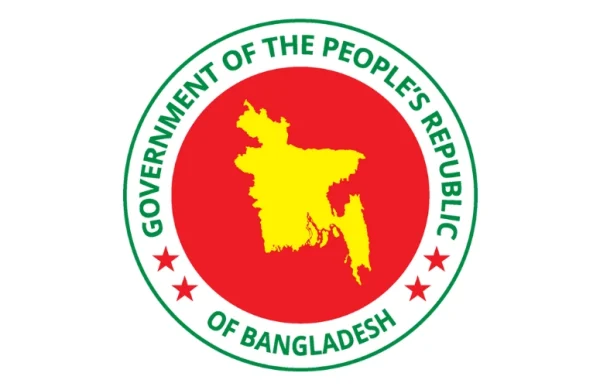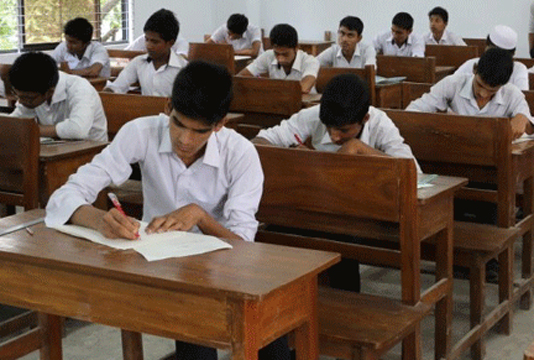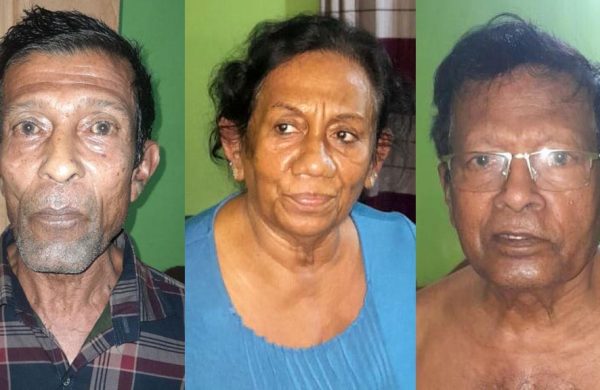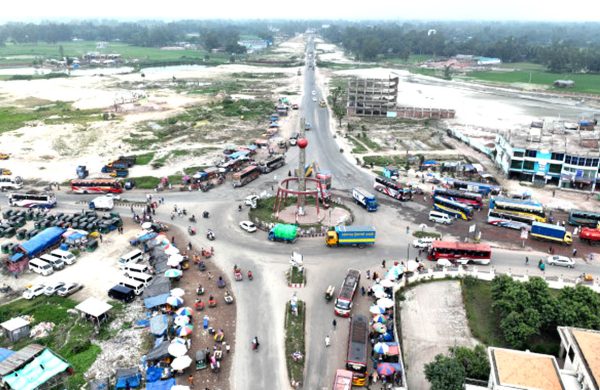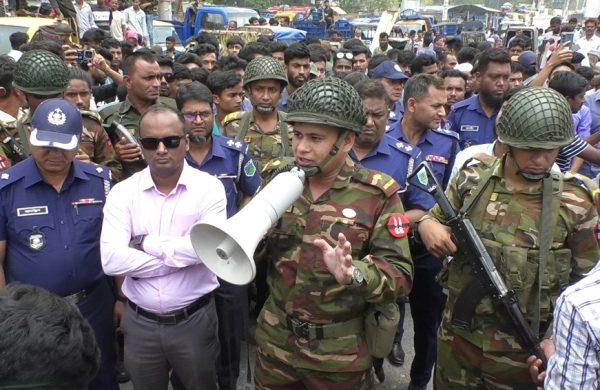3rd spell of flooding devastates Sylhet
- Update Time : Wednesday, July 3, 2024
- 143 Time View
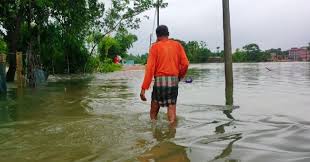
13 upazilas have been submerged, leaving over 7 lakh people stranded
UNB, Sylhet:
Over seven lakh people in 13 upazilas of Sylhet district are grappling with the third wave of flooding, even before the effects of the second wave have fully subsided.
Heavy rains and upstream water flow on Monday have inundated several upazilas, though Sylhet city remains unaffected so far.
In this latest flooding, 97 unions across 13 upazilas have been submerged, leaving over 700,000 people stranded. Approximately 8,351 residents are currently taking refuge in 189 shelters, according to the Sylhet district administration.
All upazilas in Sylhet have been impacted by the floods, which are attributed to hill torrents and excessive rainfall. The Surma and Kushiyara rivers, among others, are flowing above danger levels at multiple points.
The Water Development Board of Sylhet reported that at 6 pm on Tuesday, the Surma River at Kanaighat point was 112 cm above the danger level. At the Sylhet point, the water level was at 10.79 cm, just below the danger threshold of 10.80 cm.
The Kushiyara River’s water levels were 89 cm above the danger level at Amalshid point, 97 cm at Fenchuganj point, 26 cm at Sheola point, and 17 cm at Sherpur point. Meanwhile, the water levels of the Sari, Sarigowain, and Lova rivers have slightly decreased.
Shah Md Sajib Hossain, assistant meteorologist at the Sylhet Meteorological Department, reported 14 mm of rainfall from 6 am to 6 pm on Tuesday, with heavy rain expected to continue.
Sylhet Deputy Commissioner Sheikh Russel Hasan stated that the possibility of a third wave of floods had been anticipated, prompting upazila executive officers to prepare in advance following directives from higher authorities. He assured that relief centres are ready and that the government is fully prepared to handle the situation with caution.
Sylhet previously experienced severe flooding on May 27 due to heavy rains and hill torrents from upstream, which had largely subsided by June 8. However, continuous rain from June 17 led to a second wave of flooding. Before recovery efforts could be completed, the third wave struck on July 1, further exacerbating the situation.



